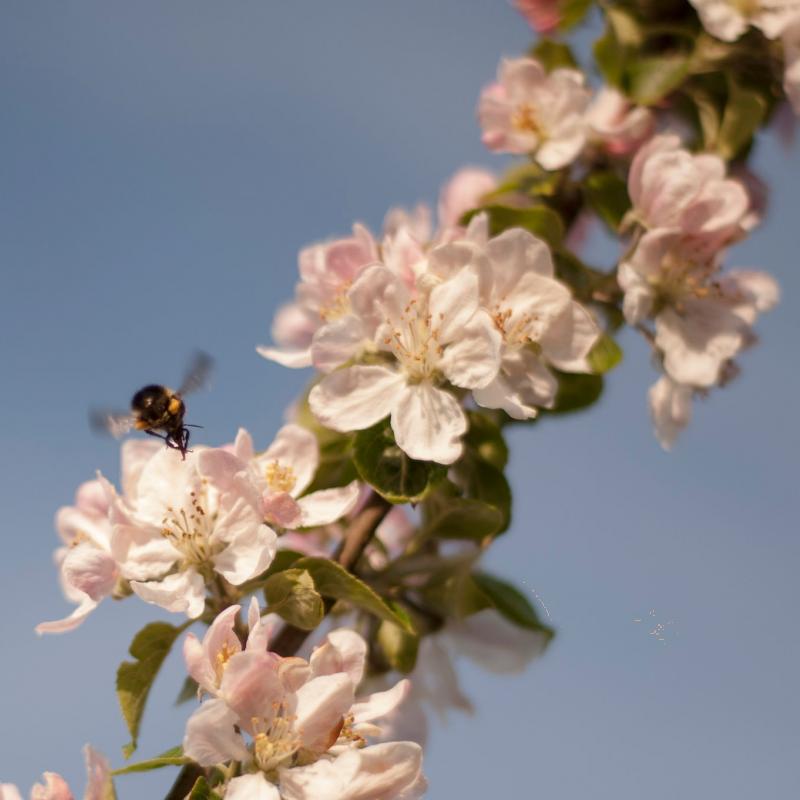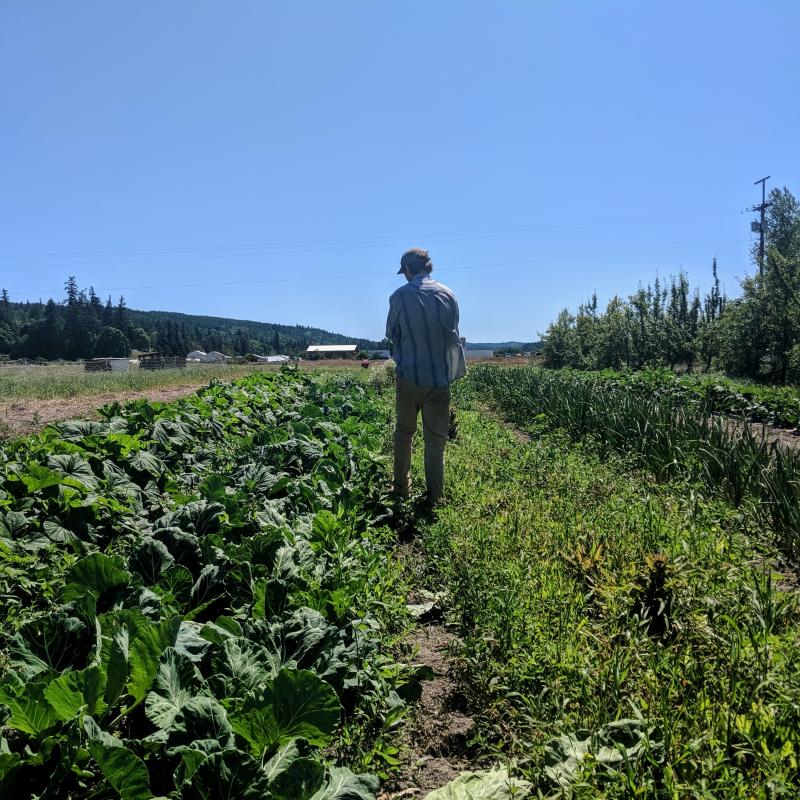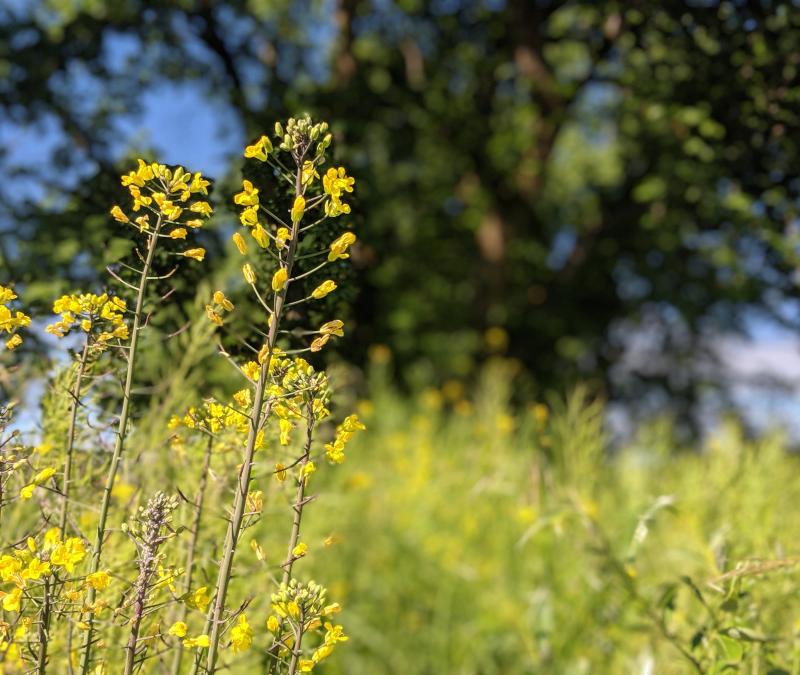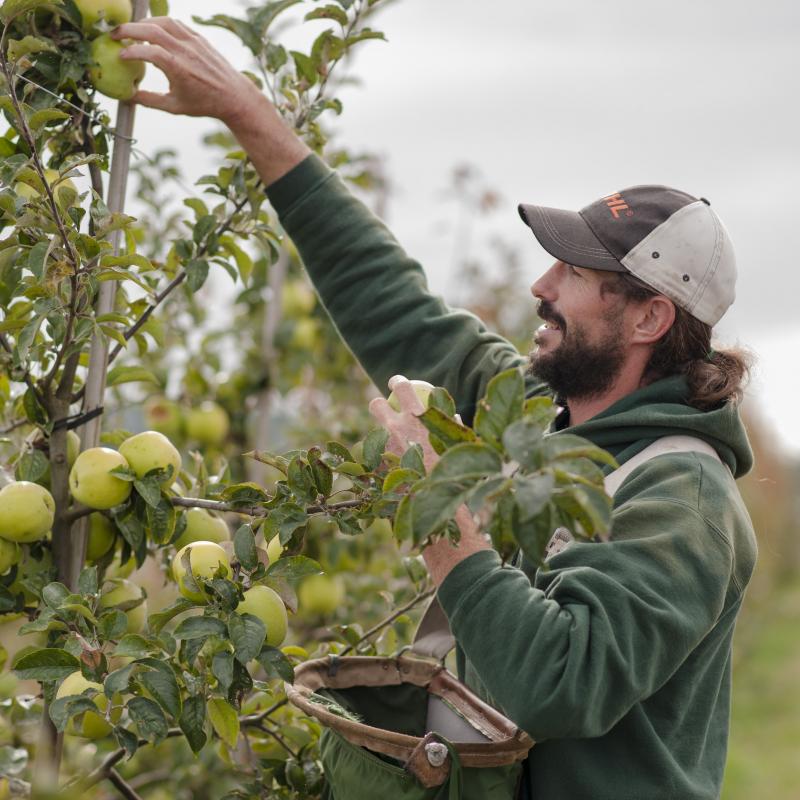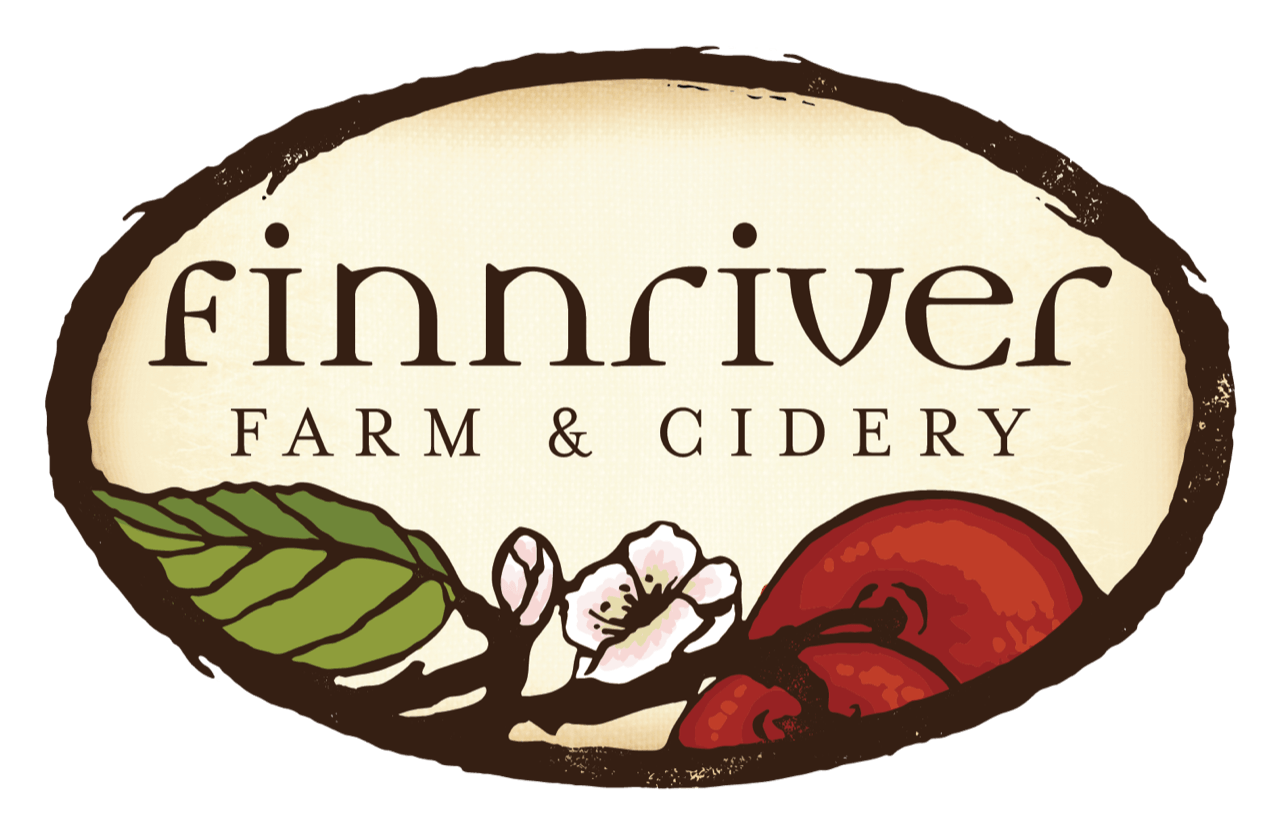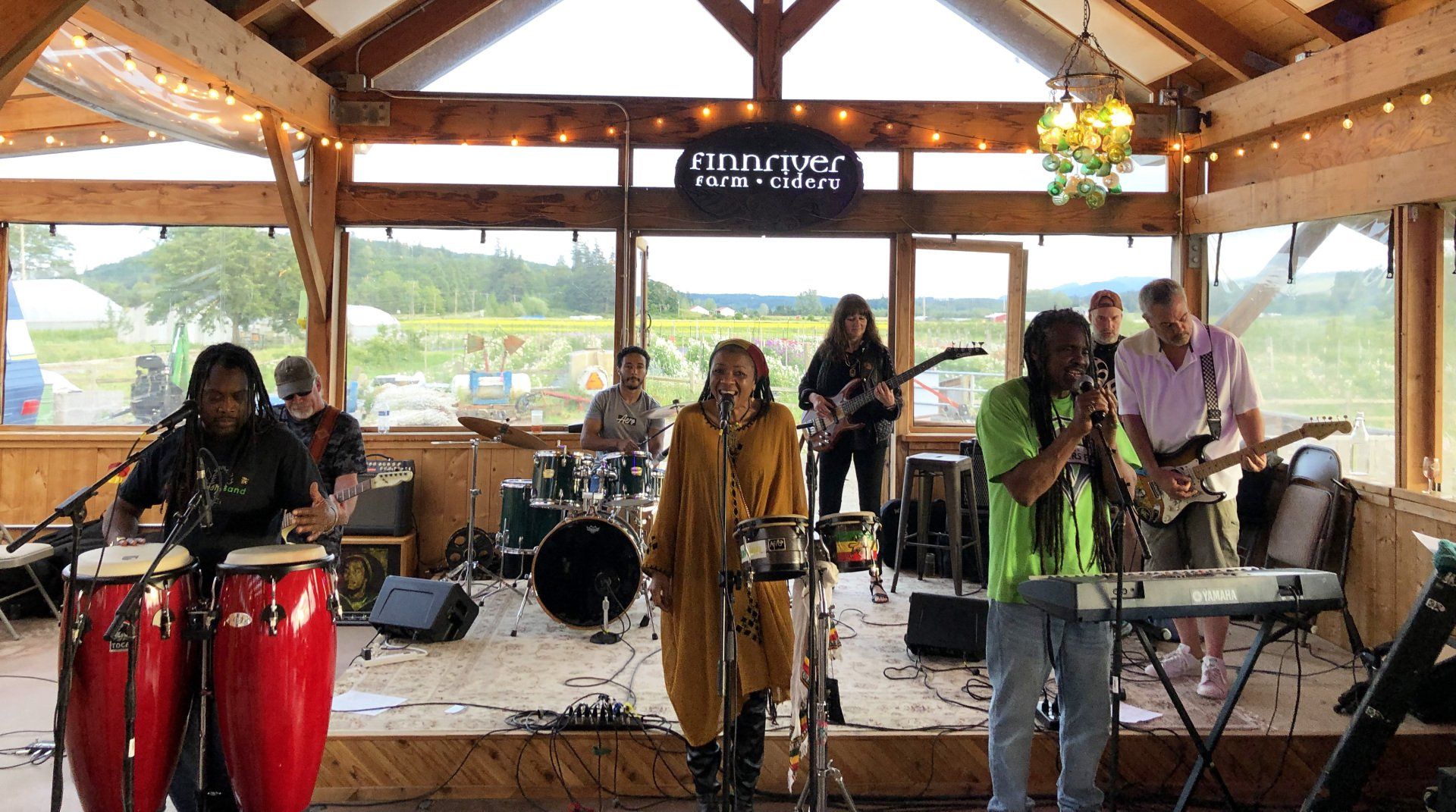An Interview with Local Mindfulness Coach Ellen Falconer
The essence of the Finnriver mission is to ‘reconnect people to the land that sustains.’ From our founding, we’ve been intent on creating opportunities for the community to gather and enjoy the beauty and bounty of the Earth, and to deepen appreciation for the elements that we all rely on for our spiritual and physical sustenance. Being on the farm is an invitation to tune into the seasonal and daily rhythms of the land and to get grounded, literally! As part of this aspiration, we’re very pleased to be welcoming local mindfulness coach Ellen Falconer to offer monthly sessions of ‘orchard bathing.’ To learn more about forest bathing and the benefits of mindfulness practices, we interviewed Ellen here:
1. What is the origin of the “orchard (forest) bathing” practice?
According to a very sweet book that I discovered called, 'Forest Bathing - How Trees Can Help You Find Health and Happiness' by Dr. Quig Li, shinrin - yoku ('bathing in the forest atmosphere’) was developed in Japan. The Japanese are a forest civilization. Their culture, philosophy and religion are carved out of the forests that blanket the country. "Both of Japan's official religions - Shinto and Buddhism - believe the forest is the realm of the divine." The Japanese national health program for forest bathing began in 1982 in the Akasawa National Forest as an experiment to help their citizens recover from 'techno-stress', over-work, urban living and sedentary habits. Sounds familiar! By 2050, the United Nations predicts that 75% of humanity will live in urban areas.
2. How do you understand the practice of mindfulness?
To paraphrase Jon Kabat-Zinn, PhD the author of "Full Catastrophe Living" and the creator of the course, Mindfulness-Based Stress Reduction (MBSR), now in its 4th decade and as relevant as ever, mindfulness is holding the intention to pay attention to this present moment, where we are actually living and breathing- what we are immersed in. Our minds wander in and out of the present moment, but our thoughts are usually predicting the future or ruminating about past life events- as much as 50% of the time. To practice mindfulness we practice paying attention to the here and now: tastes, smells, sounds, sights, breathing, touch- as well as our thoughts and our emotional state. Life can be so rich! Learning to pause, to slow down and savor moments is the practice of mindful living. This sounds simple, and yet...it takes a lot of practice to change the minds' patterning. Thankfully, there is continuing, fascinating research being done on the minds' neuroplasticity...another delightful and intriguing subject!
3. What was your own pathway into mindfulness practice?
Back in the mid-80's, in my mid-twenties I was eating at the Sunlight Cafè in the U District of Seattle and I saw a divine cabin for rent in Ballard. It was in the backyard of the Seattle Dharma Center, a Korean Zen residential community. To live in the cabin I had to participate in the 'together-action' of the center, which included cooking, gardening, hosting meditation retreats and sitting meditation every morning. The immersion into mindful living, Zen-style, has informed my perspective and direction in life, with a lot of twists, turns and adventures between then and now.
A few years into my therapeutic massage practice I decided to delve into learning about chronic pain- the power the brain has in interpreting and creating pain symptoms- real and imagined, to help my clients with their chronic pain. In 2016 I found Mindfulness Northwest, headquartered in Bellingham, where I enrolled and completed their mindfulness teacher training in 2018; closely followed by the training to teach MBSR. Along In Balance Therapeutic Massage & Bodywork I am the proprietor ofOlympic Peninsula Mindfulness. I offer forest and orchard baths (!), stress reduction classes, seasonal contemplative hikes, various meditation opportunities, and fall/winter online book clubs. I have more ideas than time actually! It helps to be mindful of over-achieving!
4. What do you hope people carry with them from the “orchard bathing” experience?
As a child of the 50's and 60's, I was blessed to have the run of the neighborhoods we lived in: rural/suburban Connecticut and upstate New York. Parents back then let us kids run wild, and I found solace and adventure in all things natural. There was very little distinction- in my mind- of inside or 'out there', the separation our minds make between this and that, in or out, good or bad, etc; which is really a problem for humanity!
My hope for our orchard bathers is for us to experience the effects of slowing down; of practicing pausing to allow our senses to more fully engage. We can create, even for a little while, a safe place to soften, feel our feelings, feel connected to each other; and feel gratitude for this little slice of paradise on our planet.
Join us at Finnriver for Orchard Bathing on the dates listed on our events calendar:click here.
You can learn more about Ellen’s offerings at her website:click here.
